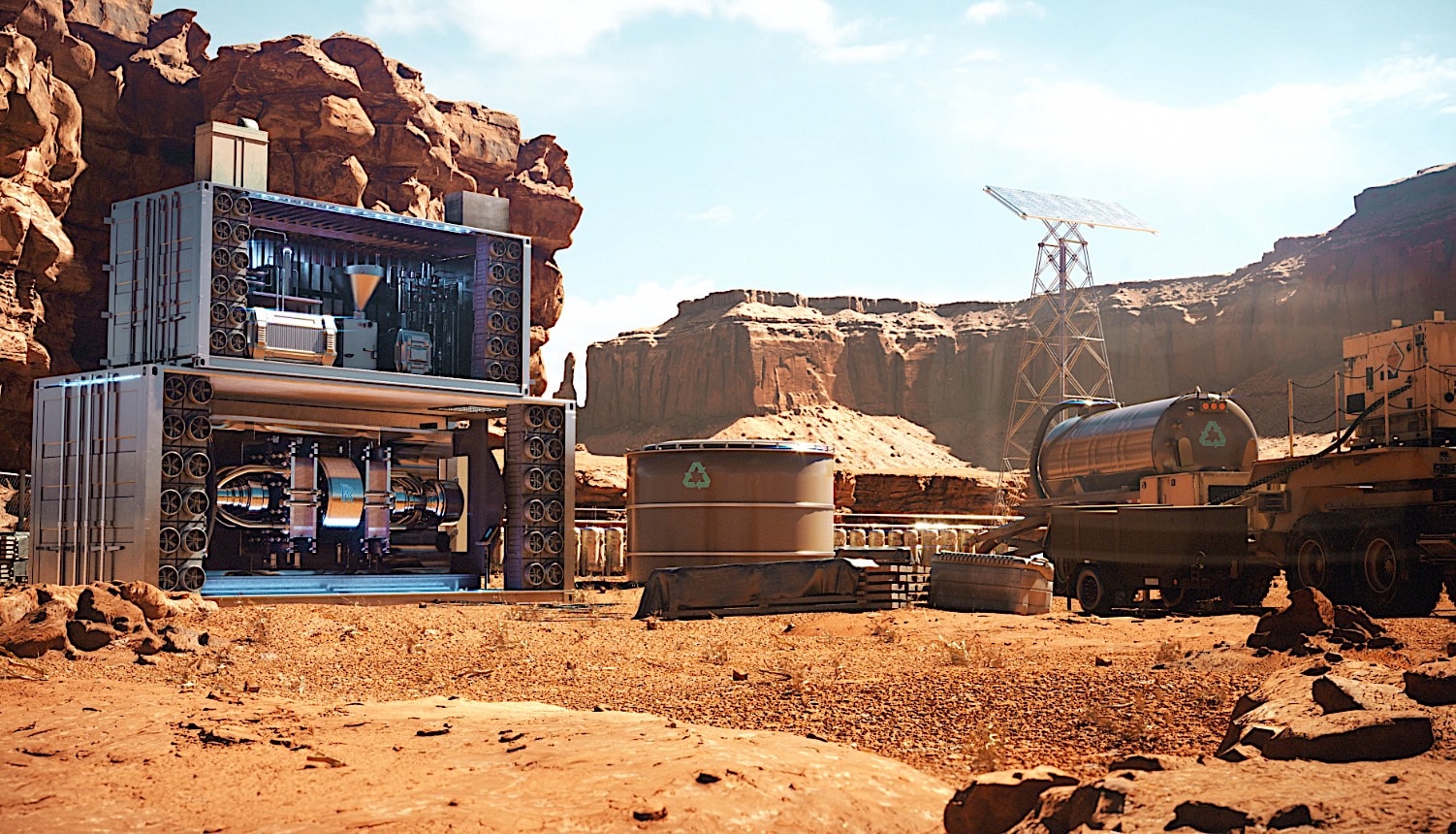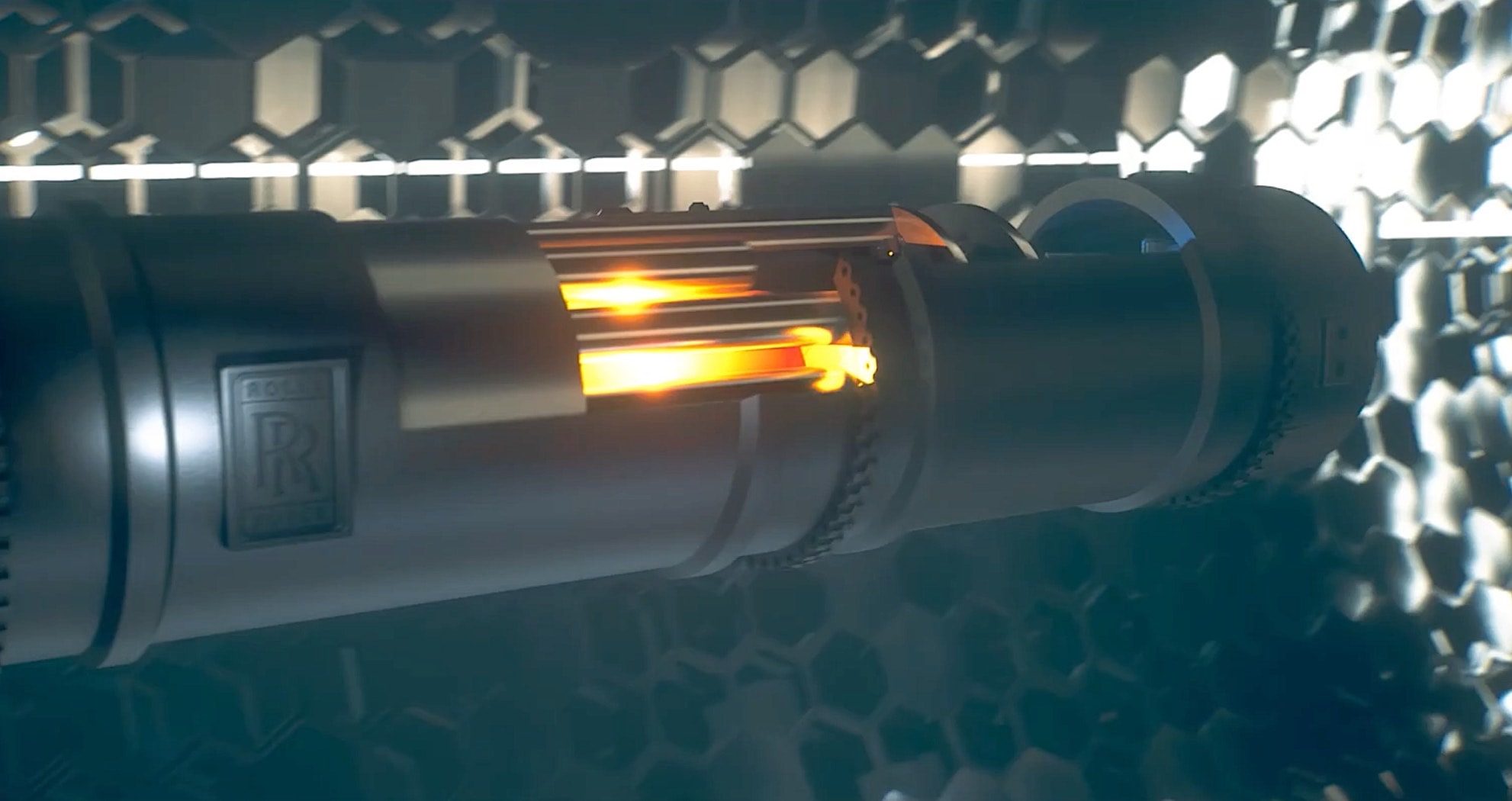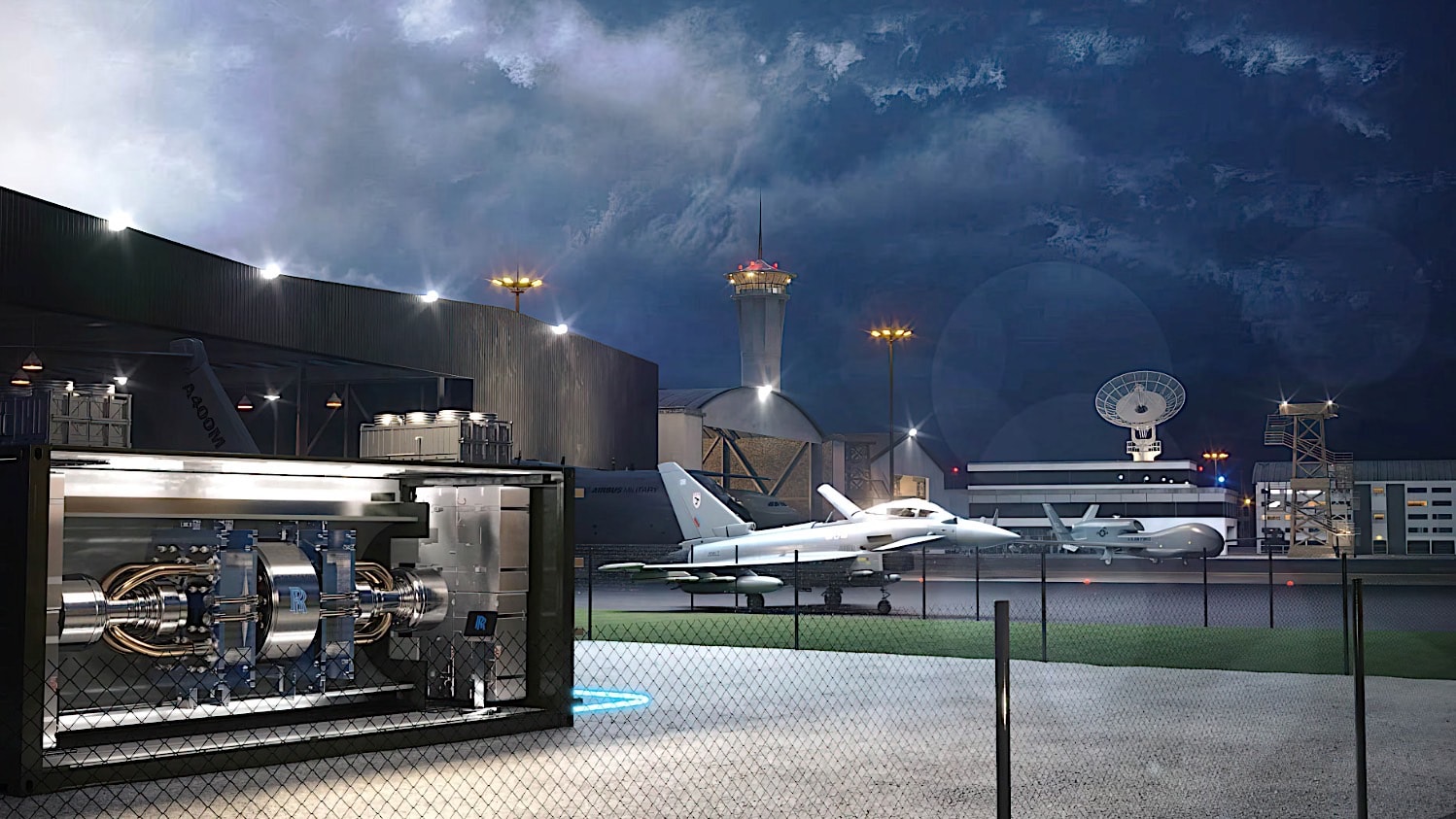Earth’s energy reliance, predominantly anchored in fossil fuels, stands in stark contrast to the energy paradigm anticipated for space colonies. While the potential of renewable sources like solar, wind, and hydro is undeniable, the unique constraints of extraterrestrial environments are likely to necessitate a more robust and concentrated energy solution.
Nuclear power emerges as a compelling candidate to fulfill this role. Unlike its current position on Earth, where it contributes roughly ten percent of global energy production according to the World Nuclear Association, nuclear energy is projected to be a cornerstone of space colony infrastructure.

To bridge the technological chasm between terrestrial and extraterrestrial power generation, companies like Rolls-Royce are at the forefront of developing compact, yet powerful nuclear reactors capable of meeting the demanding energy requirements of these distant settlements.
This strategic focus on nuclear energy underscores the imperative to establish sustainable and resilient energy systems from the inception of space colonization efforts.
Rolls-Royce is spearheading the development of a compact nuclear reactor capable of generating between one and ten megawatts of power.
The reactor’s diminutive size facilitates its transportation by land, sea, or air, and its streamlined installation process minimizes logistical challenges. Originally intended for terrestrial applications, both civilian and military, the reactor has emerged as a critical component of lunar exploration initiatives.

Thanks to substantial funding from the UK Space Agency, Rolls-Royce is rapidly advancing the technology towards full space system integration. In collaboration with Oxford and Bangor Universities, the company is meticulously crafting a comprehensive reactor design to meet the demands of lunar missions.
Before embarking on a lunar journey, Rolls-Royce plans to conduct a pivotal orbital test flight by the end of the decade, demonstrating the reactor’s versatility as a power source for satellites and spacecraft as well as its suitability for lunar exploration.

